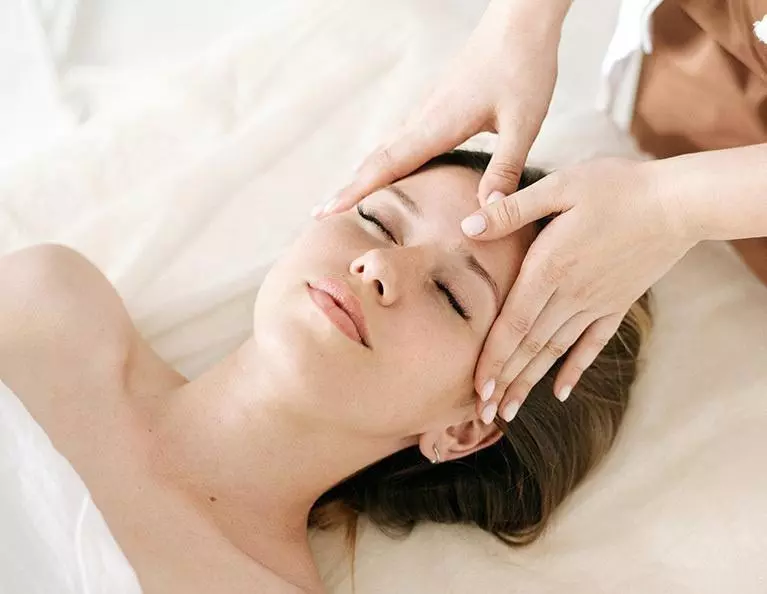Traction alopecia, contrary to the autoimmune disorder alopecia areata, has a known underlying cause and can be prevented. While it is not caused by a disease, if it is not stopped, it can cause permanent hair loss. Certain individuals including gymnasts and ballerinas who often tightly pull their hair back are at high risk of experiencing this condition. Keep reading to learn what you can do to avoid traction alopecia and prevent permanent hair loss.
What Causes Traction Alopecia?
Traction alopecia can be caused over time by friction and traction occurring due to tugging your hair, brushing or combing it too vigorously, or certain hairstyles. If the persistent tugging is gentle, you may not even notice it happening until bald spots or significant thinning begin to appear. Excessive stress and tension on your hair can occur from:
- Dreadlocks
- Single (extension) braids
- Extremely tight pigtails or ponytails
- Tight cornrows or braids
- Wigs or hair weaves attached with tape, glue, or clips
- Tight hairpieces
- Repeated use of headbands
- Repeated use of hair rollers
- Repeated tugging on your hair (trichotillomania)
- Frequently using clips, hair bands, or hair pins, especially in the same hairstyle
Signs of Traction Alopecia
Signs of traction alopecia vary based on its cause. For example, cornrows with tight braiding can cause central or marginal alopecia appearing with widened part lines. Horseshoe-shaped alopecia is characteristic of twisting your hair into a bun on top of your head. Diffuse hair loss occurs when you massage your scalp with too much vigor or you brush your hair too aggressively. A receding hairline caused by early hair loss is characteristic of pulling your hair back into a ponytail. This puts an enormous amount of tension and friction on the hair at the edges of your scalp. Here are some other signs you have developed traction alopecia:
- You feel relief after you untie your hair
- Your scalp is sensitive after you undo a particular hairstyle
- Your scalp itches after wearing a weave or braids
- An excessively tight hairstyle causes headaches
- Hair follicle tension causes tiny pimples or pus-filled blisters
- Your scalp shows signs of inflammation such as pain or redness
- One side of your hair is thinner than the other side
How to Treat Traction Alopecia
The first step in treating traction alopecia is scheduling a consultation with a hair restoration specialist. Once it is determined that your hair loss is being caused by traction alopecia and not another form of alopecia such as alopecia areata, your hair loss specialist can develop a plan to stop the traction alopecia from continuing.
If caught early enough, the damage will not be permanent. In fact, your hair can be restored in as little as six months. If it is not caught quickly, it can take up to a year to regrow hair on a severely damaged scalp. Treatment for traction alopecia includes no longer applying tension to the scalp. If you have blisters or pimples, a dermatologist may recommend medical ointment. It is critical that you seek professional help if you believe you have traction alopecia, because if your hair follicles are too traumatized by extended excessive tension, your hair will not grow back on its own and alternative treatment methods will need to take place.
Schedule Your Initial Consultation Today
Traction alopecia is completely preventable if you know why it is happening to you. This is where we come in. While a doctor can diagnose traction alopecia, it takes a hair restoration specialist to create an actionable plan that works for you. For more information on traction alopecia and how you can prevent it from causing permanent hair loss, contact us today to schedule your private, personal initial consultation. We can't wait to hear from you.







